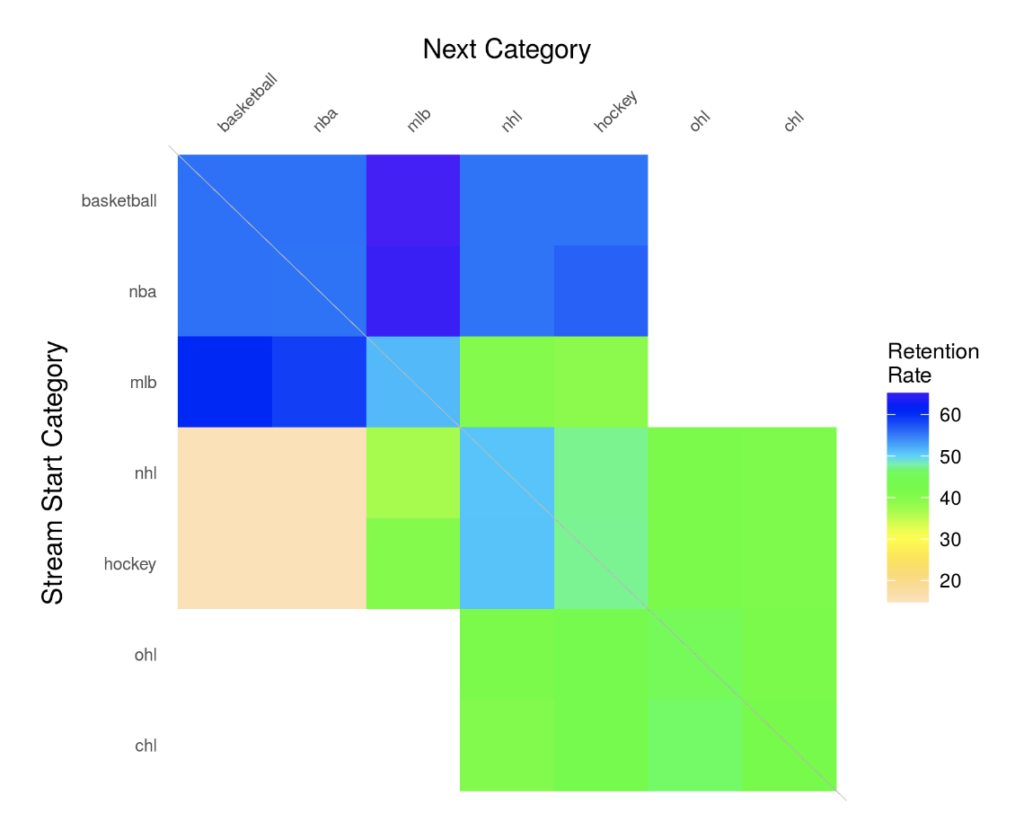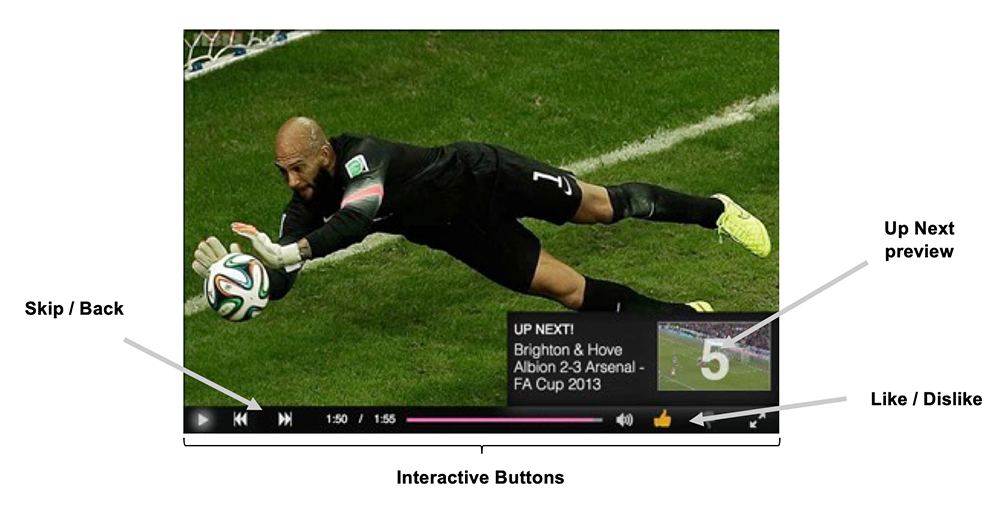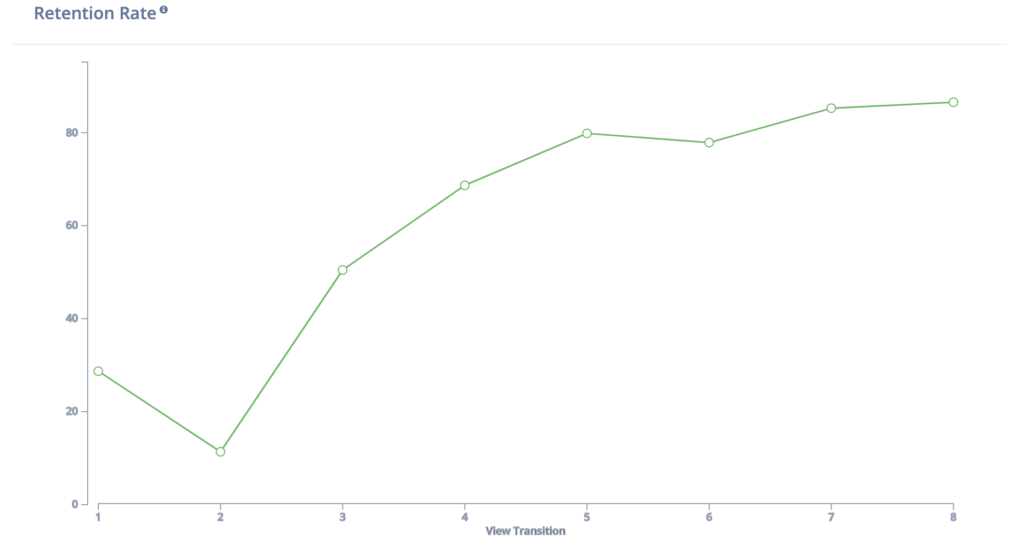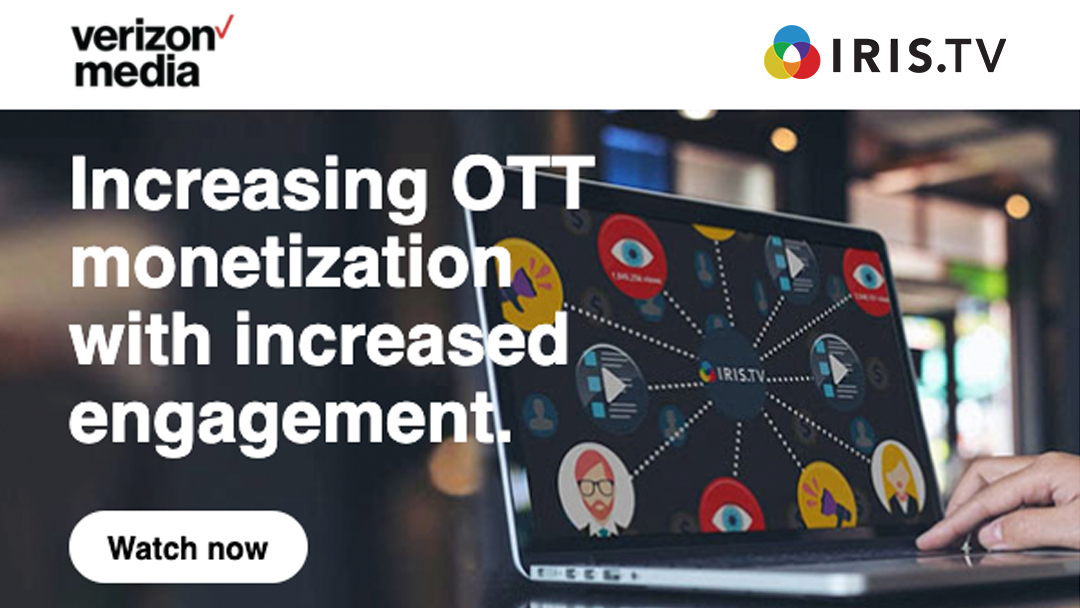Top 5 Ways Publishers Can Improve Video Lift
Posted by Melissa Lachman | May 16, 2019 | Video Recommendations |
After integrating IRIS.TV’s Video Personalization and Programming Platform, publishers experience increased consumption, engagement, and user retention on their owned & operated digital properties. Many of our clients work closely with IRIS.TV programming strategists to gain valuable insights from our video intelligence data, which helps teams optimize their overall content, distribution, and monetization strategies. In this post, we will break down one component of the much larger picture, video lift, what it is and what you can do to increase it.
What is “Video Lift”?
Video Lift is the percentage increase of views as a result of recommendations by IRIS.TV. It is the total number of IRIS.TV recommended video views divided by the amount of initial click-to-play or initial auto-play video views. Publishers using IRIS.TV have seen an average of 70% video lift.
Here are five ways to increase video lift.
Initial Asset Retention
In many implementations, IRIS.TV is powering smart playlists. You can’t get more recommended views if the user:
- Doesn’t watch the first video to completion or
- Doesn't skip forward to the next video
The first option is content dependent. Are your videos high quality and relevant to begin with? Are you extending the length of the video unnecessarily with long intros and outros? There is no magic bullet video length that all publishers should adopt as everyone’s content is different. At the very least, take a look and note when users are dropping off on average. Branded outros are usually the place to start. This practice is a legacy of the pre-continuous play era of video. Most publishers using IRIS.TV are programming a virtual linear stream to their users i.e. streaming a "mini TV show," rather than a series of disparate ala carte content. The pre-roll starts are thus virtual “mid-roll” and occur between “act breaks.”
The second option can be addressed through UX, see below.
Metadata Health
Once the viewer is presented with the second video in the stream, the battle for relevance begins again. The more consistently you follow your metadata taxonomy and tagging standards, the more relevant the recommendations will be.
Careful Use of Custom Programming Rules
More often than not, leaving IRIS.TV's video recommendation engine free to choose the recommended video is the best option. In the book Moneyball, the data gurus say baseball managers should never order a bunt because giving away an out lowers the probability of scoring runs. The more runs you score, the higher probability you have of winning.
There are occasions, however, when experienced managers overrule the data and make decisions they feel give their team the best chance of success. Like managers, editors are the human experts with years of experience and wisdom who know that it is sometimes appropriate to break with convention. With programming rules, editors can customize the stream of video based on a set of filters such as category, device, and geography. There are many good reasons to run these rules such as monetization, content rights, and breaking news.
If the objective is increasing video lift, then avoid using too many rules that “feel” right. Some sports publishers feel that only baseball videos ought to follow a baseball initial view. The data, however, shows this is not always the case. In the example below, during the time period measured for a sports publisher, users that watch MLB videos have higher retention when a basketball video follows than when an MLB video follows. Why? There are a number of potential reasons, but the timeliness of the NBA Playoffs are a safe bet.

There are billions of combinations and permutations of videos that can be presented to the viewer. The system is taking in to account what all of your viewers are engaging with across device, category, geography and is optimizing for it. The moral of the story - use the power of data and automation to your advantage when you can, and customize the programming of video recommendations when you must.
UX
As discussed before, UX can kill engagement. Review the steps in that post again, but with respect to the challenge of getting users past the initial asset, the easiest thing you can do is indicate to them that more videos are on the way. "Skip" buttons and "Up Next" preview screens in the beginning and end of the video prime the user that they are watching a linear stream.

Ad Policy
Most publishers monetize their video with pre-roll ads. If you do, always have a pre-roll before the initial view. The user has made a decision to watch that video and has essentially agreed to pay that toll to watch. If you do want to give the user an ad holiday, do so on subsequent video recommendations. Experiment with different ad frequencies and track retention.
In the example below, a publisher hypothesized that it was better to give the first video away for free and play an ad for the recommended videos. As you see, in-stream retention dropped when the second video played. The viewer was not expecting an ad and left the video stream. When this happens, there are fewer users available to watch the third video, let alone a fourth. When the publisher returned to standard ad frequency, the users that did stay, watched more.

Video Intelligence and Optimization
The next step in this ongoing process is to look at your video intelligence data, such as bounce rate, and supply and demand, then optimize your strategy based on those insights and trends. Often, a simple adjustment to your metadata or asset length can improve performance. Check back here next week as we dive into how you can use video intelligence to track your performance and gain valuable insights when optimizing your video strategy.


.jpg)






